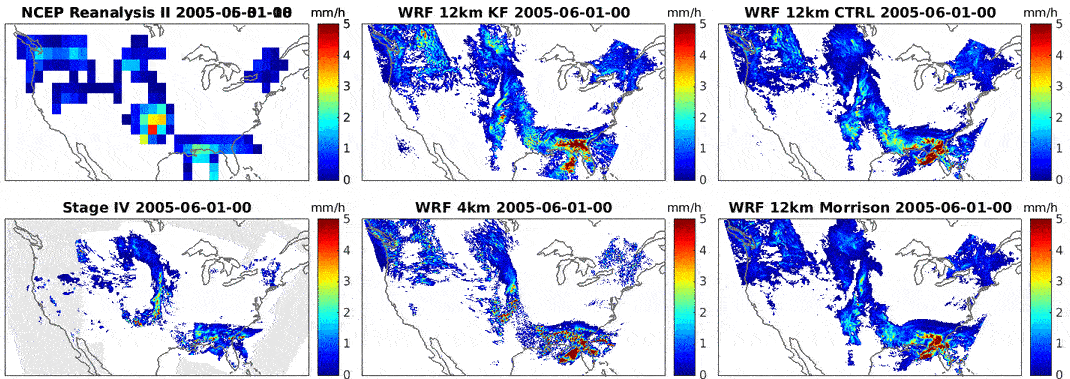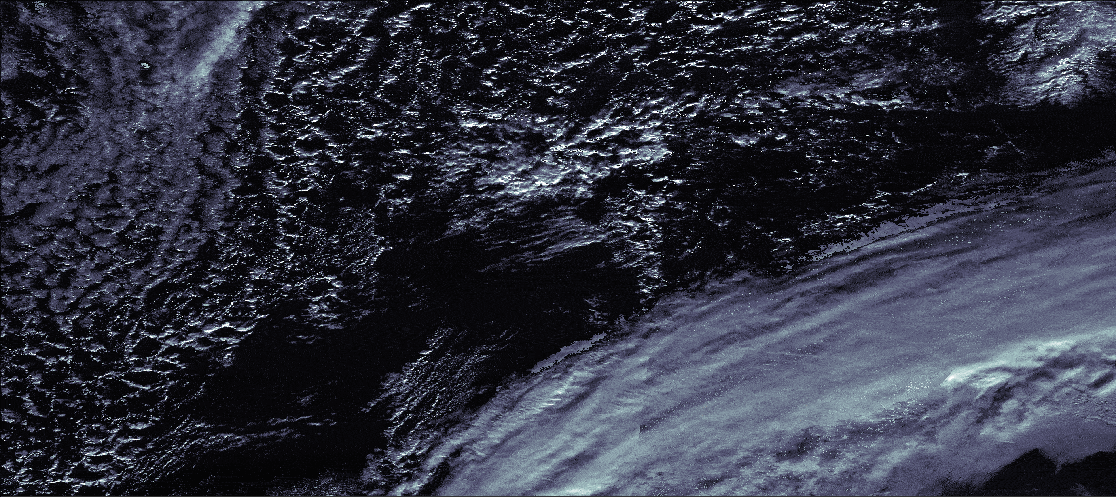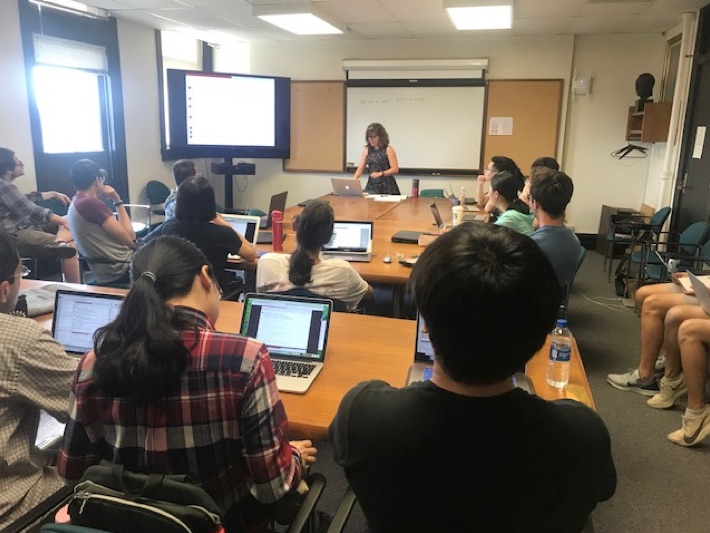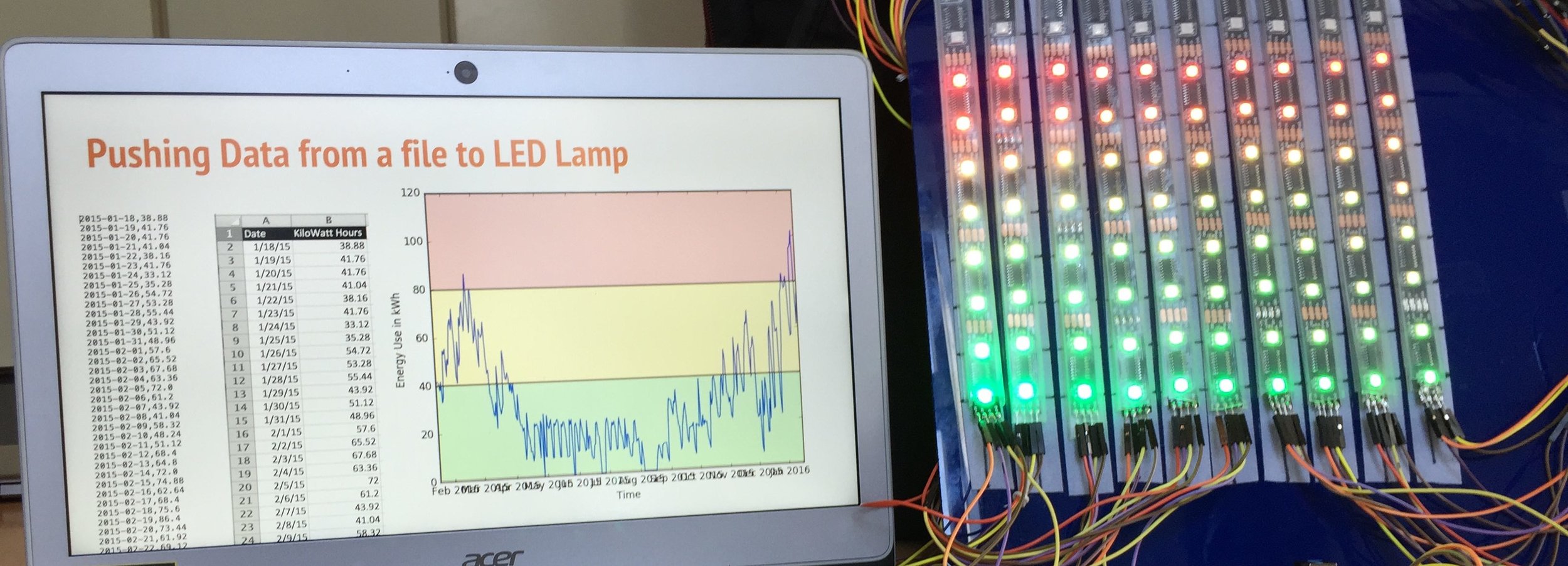
Ultra-high-resolution Models Improve Representation of Rainfall
Climate simulations generally produce rainfall that is too diffuse and weak. New regional simulations at 4 km create more realistic events. (Chang et al 2018)

Cloud Classification with Deep Learning
Potential changes in clouds are the largest uncertainty in projections of future climate. New approaches for unsupervised classification let satellite observations better inform climate science. (Kurihana et al., 2022)

The Global Gridded Crop Model Intercomparison Project (GGCMIP) Phase II Experiment
A new collaborative effort by 12 modeling groups disentangles agricultural yield responses to four different factors: temperature, rainfall, nitrogen application, and CO2. (Franke et al., 2019)

Innovative Training in Data Science for Energy and Environmental Research
A new program at UChicago supports PhD and MS students in data-driven environmental research. September boot camps provide skills training in programming and statistical analysis.

New Statistical Methods for Studying Changes in Climate
New methods based on ensembles of climate model output allow examining changes in entire temperature distributions, including extremes. In the N. midlatitudes, wintertime distributions narrow by 2100. (Haugen et al 2018)

Coding and Data Exploration with Smart Lamps
Hands-on Interactive Curriculum for Middle through High School Students and Teachers

Reduced Future Wintertime Variability Affects Mortality
Chicago winters warm strongly in the 40-member LENS ensemble, seen in estimated changes in daily temperature distributions. Wintertime lows (blue lines) rise by up to 12 degrees by 2100. (Black dashed line = no change). (Schwarzwald et al. 2019)











